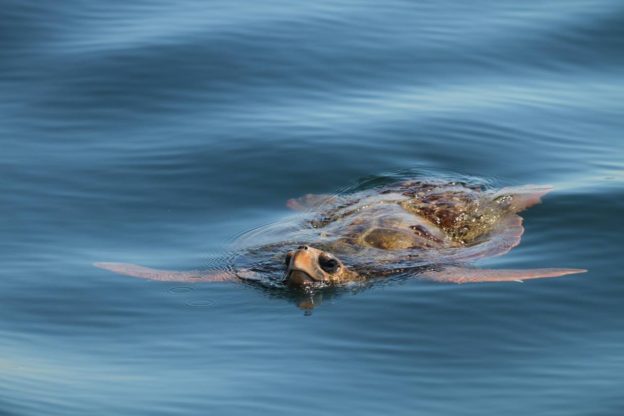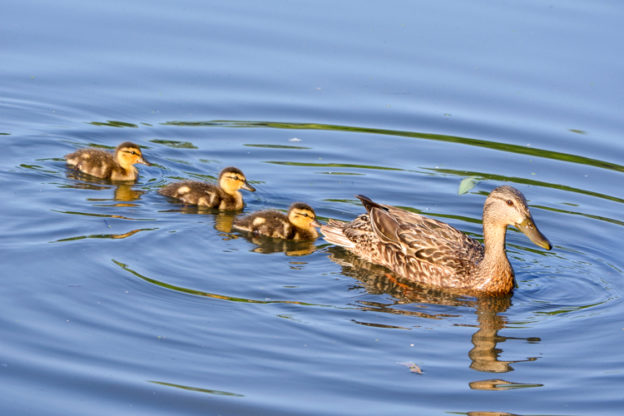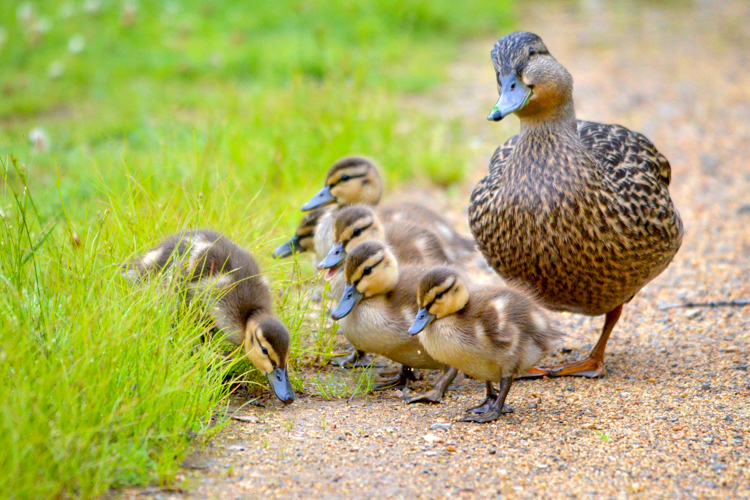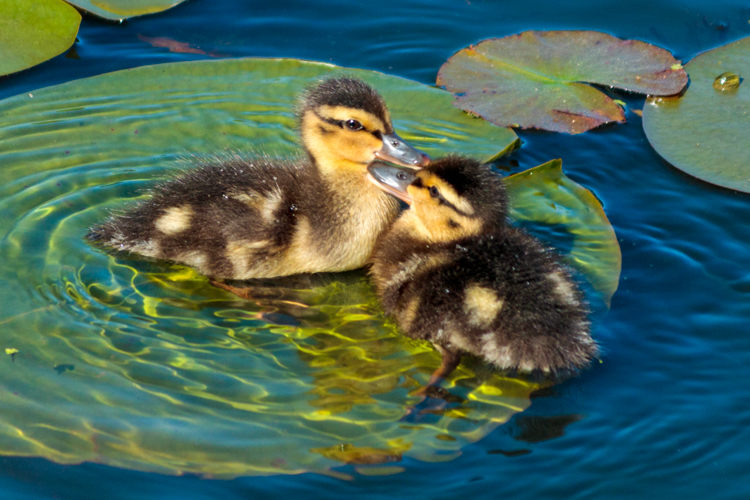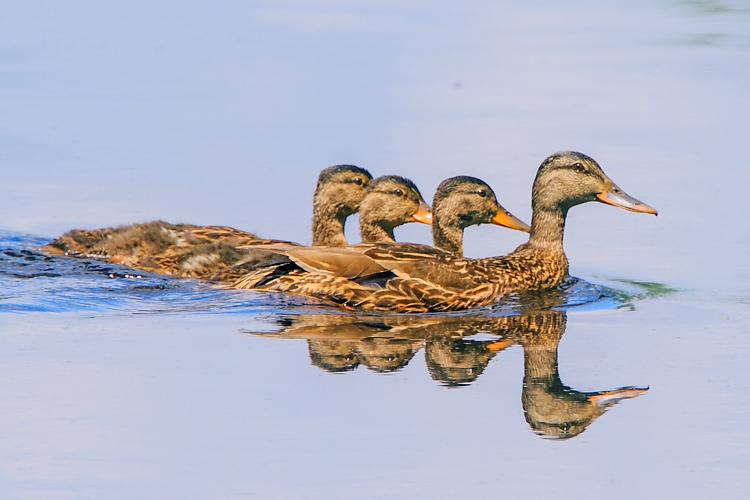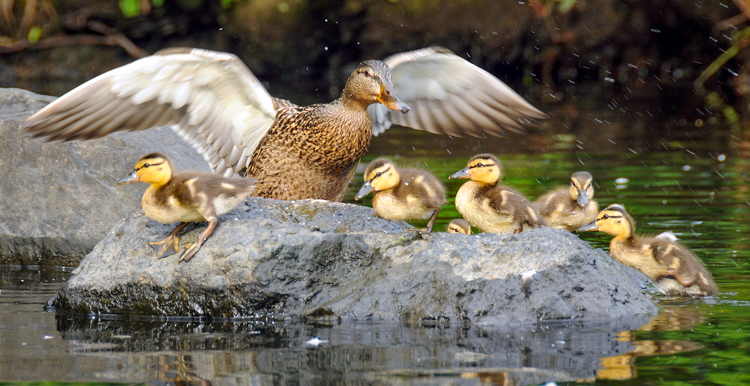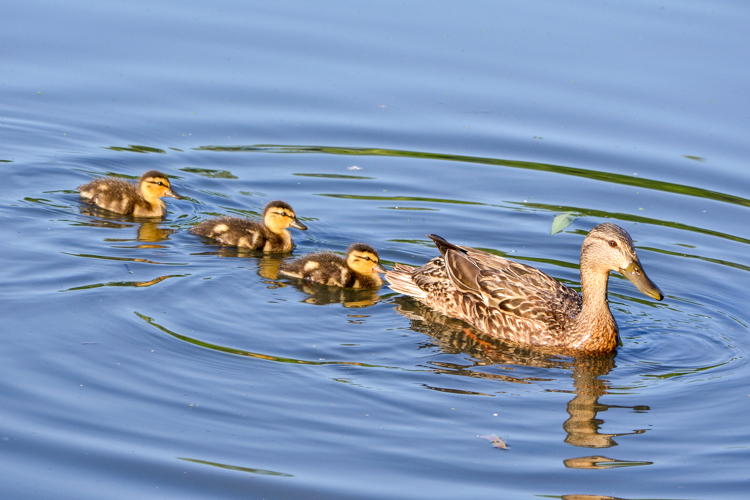When most people think of sea turtles, they imagine these marine reptiles enjoying the warm waters of the tropics. However, visitors and residents of the Cape may not realize that each summer hundreds of these turtles make their way into waters around Cape Cod.
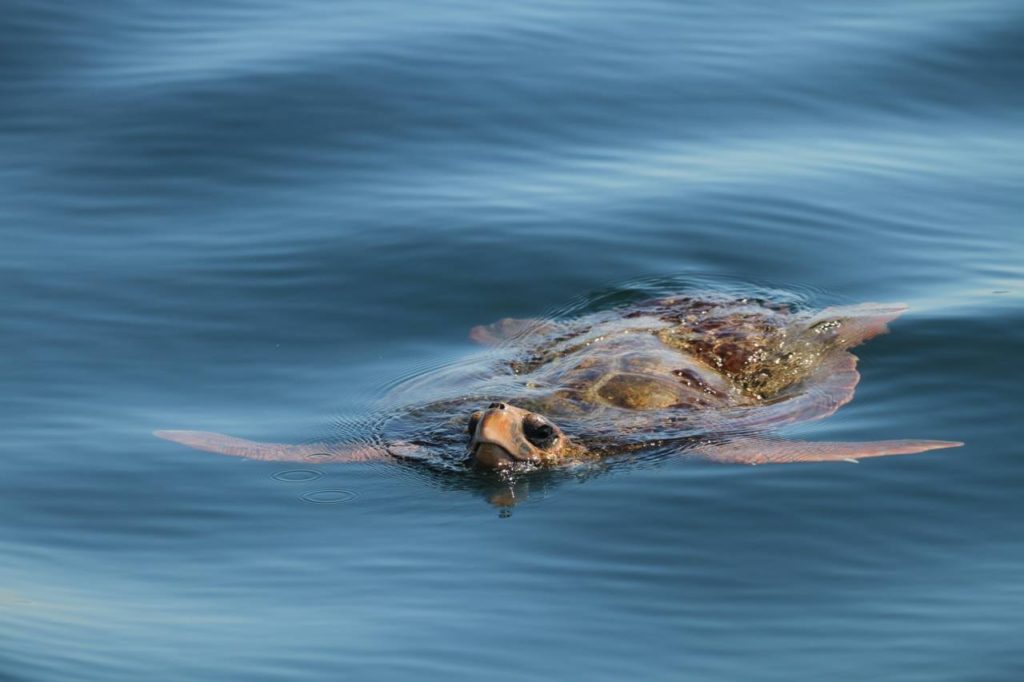
While sea turtles don’t nest north of the Carolinas, many sea turtles spend their summers in our nutrient-rich waters, feeding on the plentiful crabs, jellyfish, and other prey. In fact, warming water temperatures due to climate change is leading to turtles traveling farther north each summer.
When the time comes to head south for the winter, some juvenile turtles that have been feeding north of the Cape get trapped by its shape, or “hook”, becoming lethargic in the cooling water.
When the water reaches about 50°F by early-November, these turtles become too cold to eat, drink, or swim—they become cold-stunned. Strong onshore winds, mostly from the north or west, push cold-stunned turtles onto the beaches.
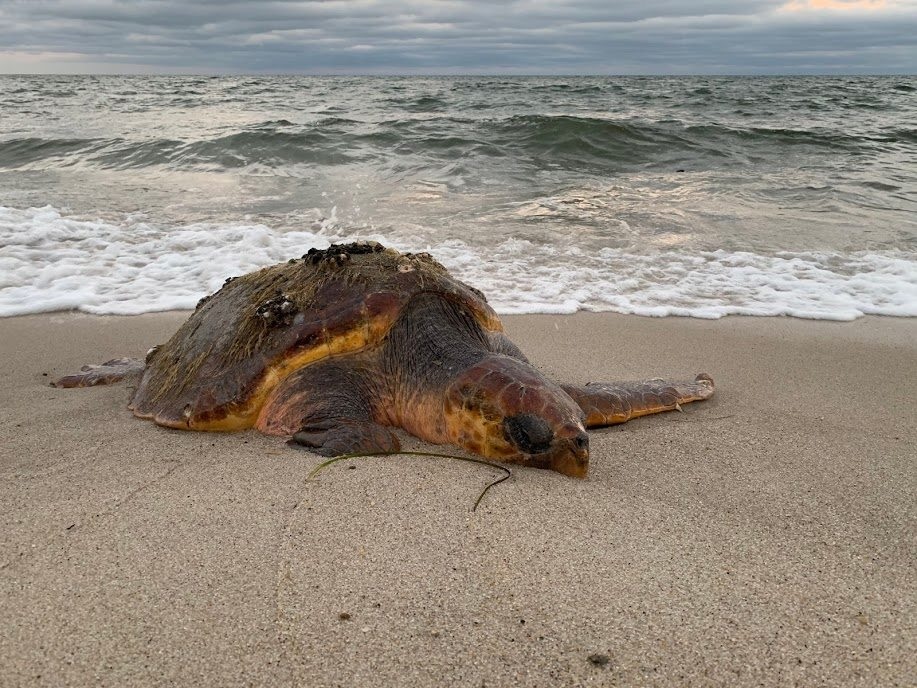
This is where a team of Wellfleet Bay Wildlife Sanctuary staff and trained volunteers come in. They patrol the beaches of Cape Cod night and day at high tide, on the lookout for cold-stunned turtles. Any turtle they find is rapidly transported to the sanctuary and then on to the New England Aquarium or National Marine Life Center for evaluation and rehabilitation. Since 1979, Wellfleet Bay’s Sea Turtle Team has rescued and recovered more than 5,000 turtles.
Sea Turtles in Massachusetts
While unlikely, it is possible to find five species of sea turtles on the Cape. Wellfleet Bay Wildlife Sanctuary keeps track of sea turtles in the summer and early fall by asking boaters to report sightings at seaturtlesightings.org.
Kemp’s Ridley
STATUS: Endangered
The smallest and most endangered sea turtle in the world the Kemp’s Ridley is also the most common turtle found cold-stunned on Cape Cod Bay beaches. Juveniles are typically only 5-10 pounds, but adults can grow up to 100 pounds. Several hundred to over 1,000 strand each winter on Cape Cod.
Loggerhead
STATUS: Threatened
This species has the largest geographic distribution of any sea turtle in the world. Juveniles and sub-adults can vary widely in size—between 30-200 pounds—and full-grown adults can reach 350 pounds. Loggerheads are becoming a commonly stranded species on Cape Cod. In recent years, an average of 24-26 are found cold-stunned, with a high of nearly 150 in 2012.
Green
STATUS: Threatened
Green turtles are named for the green color of their body fat. Juveniles can weigh anywhere from 5-25 pounds, and adults can reach an impressive 400 pounds.
Leatherback
STATUS: Endangered
These are the largest turtle species in the world. Leatherbacks are also the only sea turtle whose body temperature can rise above the temperature of the surrounding water, due to a number of unique physical adaptations. Thanks to these adaptations, leatherbacks don’t cold-stun. But they can still be severely injured or killed by boat strikes, fishing gear entanglement, and ingesting plastic. Full-grown adult leatherbacks can reach up to eight feet in length and weigh 1,500 pounds!
Atlantic Hawksbill
STATUS: Endangered
This species rarely leaves tropical water, making it the least common sea turtle found off Cape Cod. Only one or two cold-stunned individuals have ever been recorded. The hawksbill is listed as “Endangered” in Massachusetts and at the federal level. Adults can reach up to 180 pounds.
Learn more
Find out more about sea turtles and how you can get involved at massaudubon.org/seaturtles.


